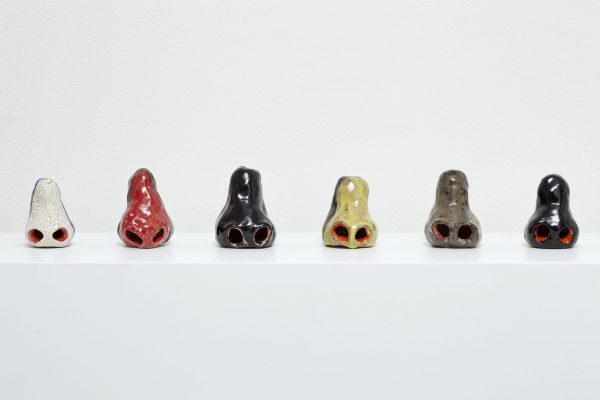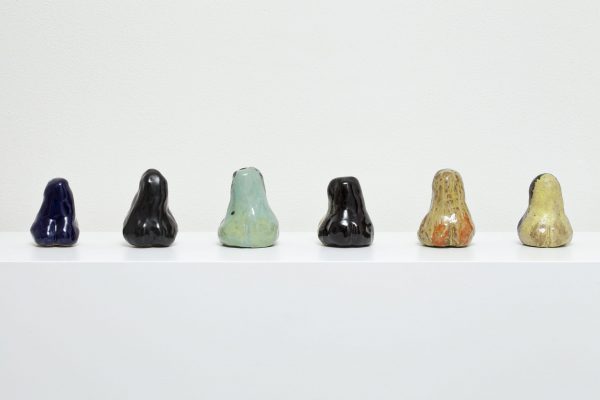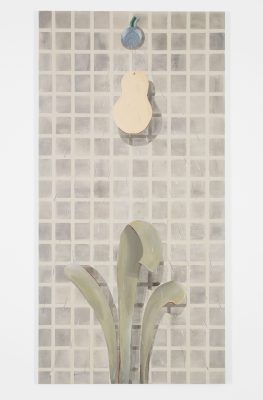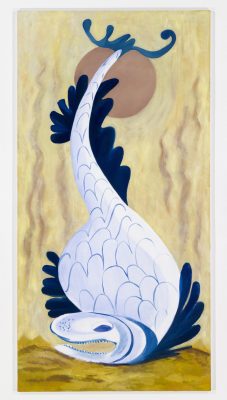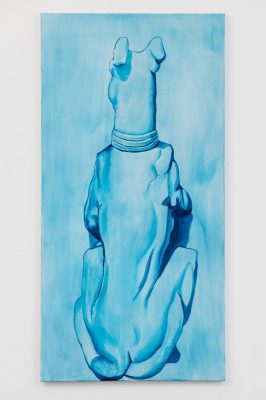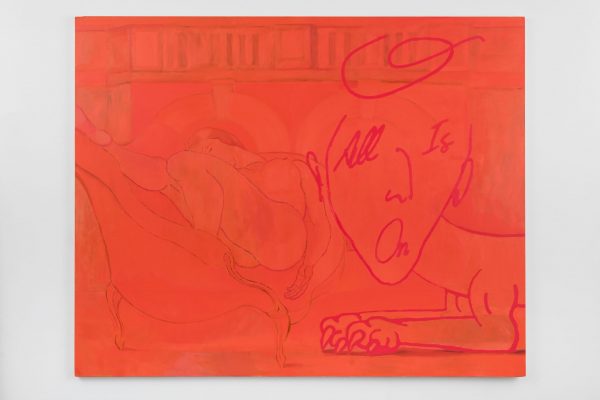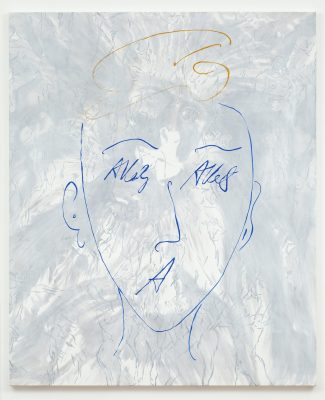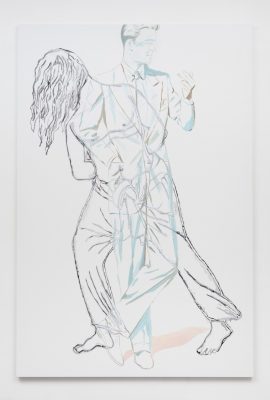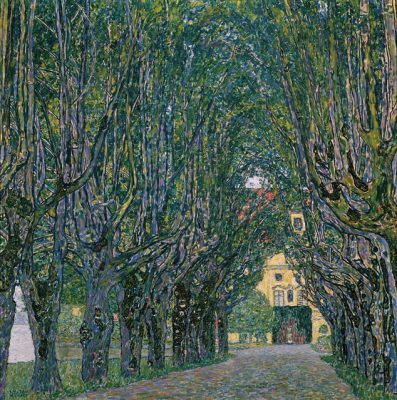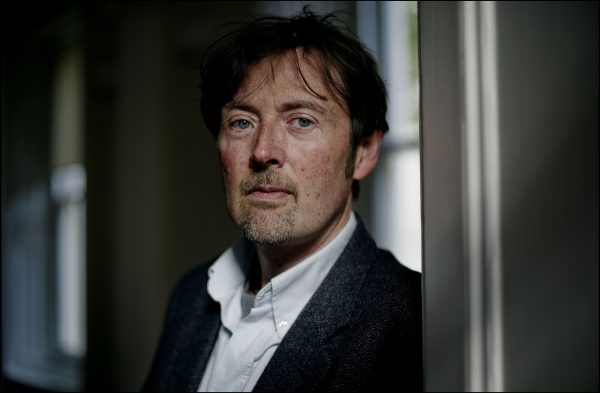With the desire to get to know an artist’s work comes the impulse to stick one’s nose in. The thought comes to me after spending a few hours snooping around Allison Katz’s studio, in part because noses are one of a number of motifs that recur in the artist’s paintings and sculptures, peering slyly from behind corners, forming elegant, outlined flourishes, or lining up in a row, a jostling herd of colourful protuberances.
Puns and word associations abound in Katz’s work. It is not that she includes words in her paintings per se (though she may), or that she draws from specific literary sources. Rather, her work mines the gaps between words and images, the verbal and visual, drawing on the arbitrary, sometimes humorous slippages that overturn the conventions of language and visual representation.
Our conversation took place between two meetings at the artist’s studio, and over number of emails, Skype and phone conversations, while Katz worked towards an exhibition of new work at Kunstverein Freiburg.
